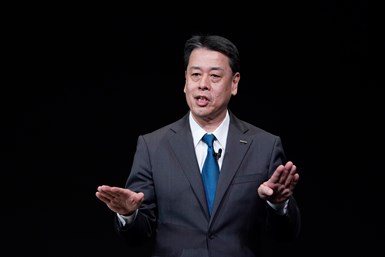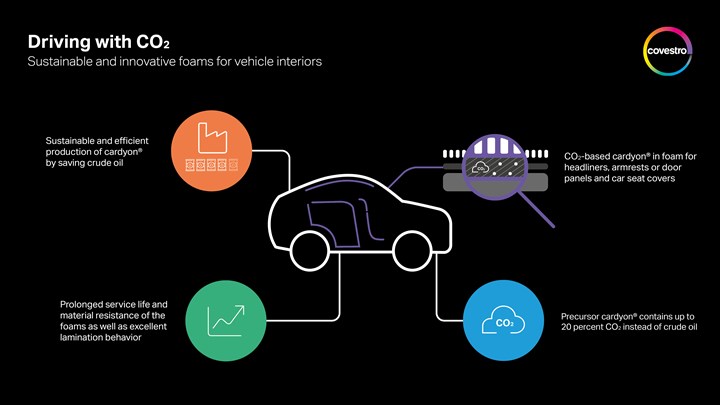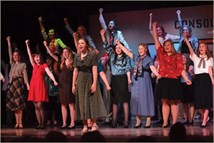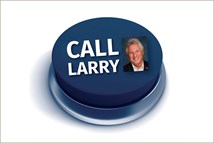Nissan’s Goal and Greener Interior Materials
Two things to know/think about
#interior
Idea: Halos are Nice But Volume Pays the Bills
Nissan CEO Makoto Uchida thinks that the company will have a comeback somewhat soon—if not the end of this year, then early in 2021. This will be a product-led revival. In this business, it is always a product-led revival, because what else is there?

Nissan’s Uchida plans for improvement. (Image: Nissan)
To that end—well, at least part of it—Nissan is bringing back the Z, the Nissan Z Proto. “Prototype,” perhaps?
You can see the unveiling on TheNissanNext.com on Tuesday, September 15 at 7;30 pm CDT.
Nissan describes it as “50 years of passion and heritage with modern technology.”
It is not clear when it will arrive in showrooms.

(Image: Nissan)
A better play for Nissan will probably be the Ariya, a battery electric crossover. It is to arrive in 2021. At some point.
Know that in the U.S. in 2019 (being used for purposes of a year of normalcy) Nissan sold 2,384 370Z models, down 31.3% compared to 2018.
And as for its current EV offering, the Leaf, its 2019 sales were 12,365, down a more modest 16% compared to 2018.

The Nissan Ariya electric crossover. (Image: Nissan)
Arguably the Z Proto and Ariya will be halos. Because Nissan needs to have volume products doing well if Uchida’s goal is to be achieved.
///
Innovation: What to Do with CO2
Put it in foam.
That’s what Swiss company FoamPartner is doing in the development of its cardyon material, a polyol. Chemical company Covestro has developed a technology that allows up to 20% CO2 incorporated into polyols, which are then used in the production of polyurethanes. An objective is to create materials for interiors—headliners, door panels and seat covers. The low-emission foams are laminated to a textile for these applications. FoamPartner is marketing the material under the “OBoNature” name.
Know This: “We are now taking another important step toward using carbon dioxide as an alternative raw material in the chemical industry on an even broader scale.”--Sucheta Govil, Chief Commercial Officer of Covestro

How Covestro is using carbon dioxide for polymers. (Image: Covestro)
RELATED CONTENT
-
Let’s Go Ride a Bike
Bicycling in Denmark is, to put it mildly, a way of getting to point A to point B far more often than one might imagine (assuming that one isn’t in that country): according to the Cycling Embassy of Denmark, 90 percent of Danes own a bike.
-
Jeeps Modified for Moab
On Easter morning in Moab, Utah, when the population of that exceedingly-hard-to-get-to town in one of the most beautiful settings on Earth has more than doubled, some people won’t be hunting for Easter eggs, but will be trying to get a good look at one of the vehicles six that Jeep has prepared for real-life, fast-feedback from the assembled at the annual Easter Jeep Safari.
-
Plastics: The Tortoise and the Hare
Plastic may not be in the news as much as some automotive materials these days, but its gram-by-gram assimilation could accelerate dramatically.


.jpg;width=70;height=70;mode=crop)








